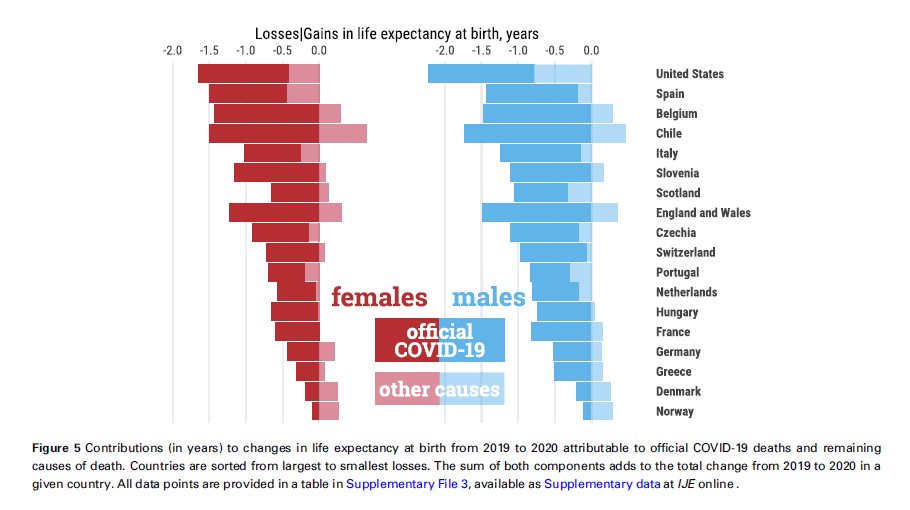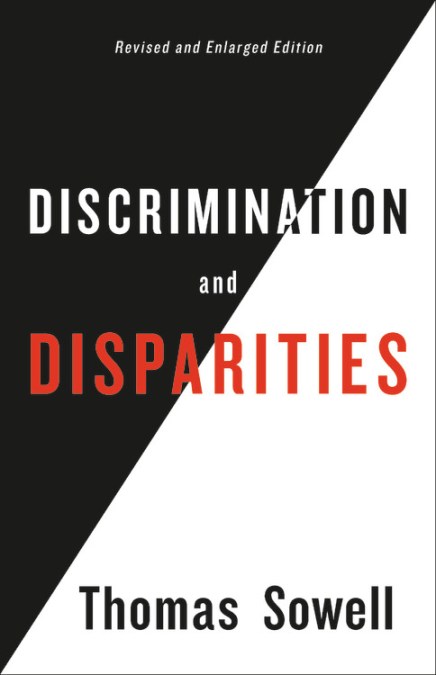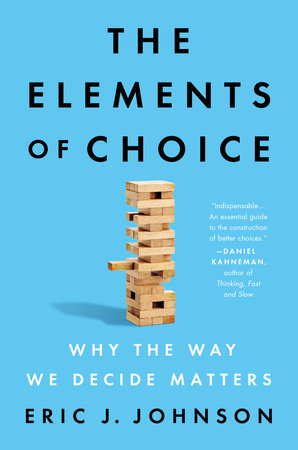Ethics for Laboratory Medicine
Key issues:
Table 1.Ethical Issues of particular importance in Laboratory medicine.
Informed consent
Use of leftover specimens
Biobanking
Genetic testing
Equity and access to laboratory testing
Incidental findings and medically actionable results
DTC testing
Transfusion medicine and religious or ethical restrictions
Disclosing medical error
Emerging infectious diseases
Test utilization
The unique role of laboratorians, who care for patients but interact mainly with their samples rather than the person, creates distinct ethical dilemmas. In addition, laboratories function as critical parts of complex health systems, and the interaction of the laboratory with the greater healthcare system creates additional points of ethical friction (45). Clinical laboratory professionals are ethically bound to use our voices to advocate for excellence in patient care in the realms of respect for persons, beneficence, and justice, even in the face of technological, administrative, and, perhaps, clinical pressures to do otherwise.
Ethics represents moral principles based on cultural norms and values. Sometimes these moral values have been turned into federal or state laws or into local rules and regulations. However, laws and rules may be absent or difficult to apply to a given situation. When faced with ethical decisions, laboratorians should seek the input from other clinicians and laboratory colleagues. In addition, most hospitals have ethics boards comprising multidisciplinary teams of clinicians, lay people, and clergy to help guide decision-making.














